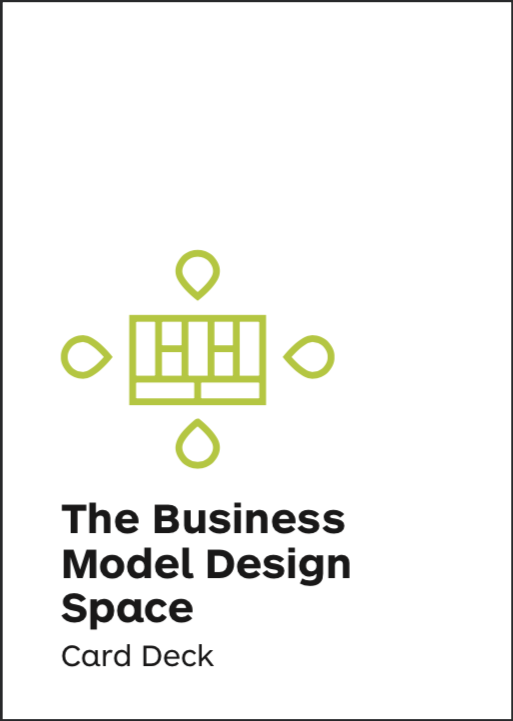Business models aren’t built in a vacuum. They’re built within a business model environment and are shaped by external forces. For example, business models in healthcare must comply with regulations. In the entertainment industry, technology has enabled innovative business models to flourish and cater new ways to consume films or music. Just like an architect who must work with the constraints and advantages of a piece of land, the entrepreneur (or intrapreneur) must pay attention to the business environment to succeed.
However, untapped opportunities are often identified in an ad hoc and unstructured way. Someone with good intuitions will identify an opportunity that others can't see (e.g. a new technology, an unmet need, a new regulation) and will transform it in a growth engine. But companies can’t rely on someone else's great foresight capabilities for long-term growth. They need a tool to map a clear picture of their environment and identify opportunities, constraints and threats.
We’ve created a tool called the Business Model Environment to help people map their environment’s forces in a structured and tangible way. This tool is often used during strategic conversations to raise awareness on environmental forces and create a shared understanding across teams. We use the Business Model Environment in the exercise below to uncover insights, associations and patterns that ultimately lead to new business model ideas.
The Business Model Environment is organised into four areas: Market Forces, Key Trends, Industry Forces and Macro-Economic Trends. These areas surround the Business Model Canvas as they influence the kind of business model that will be designed. Unlike the Business Model Canvas blocks, on which you have full control, external forces represent design constraints that you have to work with.

In this exercise, you’ll form groups of 4-6 people and print out a large Business Model Canvas for each group. For each area, answer the trigger questions from the space deck below and add a sticky note for each external force. As you discuss external forces, try to identify how much of an opportunity or threat each external force can be. The more visual you are, the better. Add articles, images, graphs, photos, and flyers to make your map as tangible as possible!
Examples of trigger questions:
Market Forces: Key customer issues in your arena, such as growing or shrinking segments; customer switching costs; changing jobs, pains, and gains; and more.
- What are the crucial issues affecting the customer landscape?
- Which peripheral segments deserve attention?
- Where are the biggest unsatisfied customer needs?
Key Trends: Key trends shaping your arena, such as technology innovations; regulatory constraints; social trends; and more.
- Which emerging technologies are peripheral customers adopting?
- How would you characterize income and wealth distribution in your market?
- Describe key societal trends. Which shifts in cultural or societal values affect your business model?
Industry Forces: Key actors in your space, such as competitors; rising value chain actors; new or fading technology providers; and more.
- Who are the dominant players in our particular sector? What are their competitive advantages or disadvantages?
- What business model traditions do substitute products stem from (e.g. high-speed trains versus airplanes, mobile phones versus cameras, Skype versus long-distance telephone companies)?
Macroeconomic Forces: Macro trends, such as global market conditions; access to resources; high or low commodities prices; and more
- How easy is it to obtain the resources needed to execute your business model (e.g. attract prime talent)?
- How costly are these resources?
Facilitate strategic discussions about your Business Model Environment with The Business Model Design Space Deck

Don’t limit yourself to mapping what your environment looks like today. Map the emerging trends that will become more important in the next years or decade. Use this map as a starting point to discuss the evolution of your environment and opportunities that will emerge from it.
Why is it important to regularly scan your business model environment and identify new business model ideas?
Your environment is constantly changing and your business turns a little bit more irrelevant every day. You need to adapt your business, and sometimes even reinvent yourself to keep growing. Some companies have paid the price of underestimating the influence of external forces on their business model: Kodak let its own business die by reacting to the digitization of photography too late. Blockbuster let Netflix eat up its business by underestimating new technology and consumers’ growing need for convenience. Proactively monitoring change is critical to improve or invent a business model!




